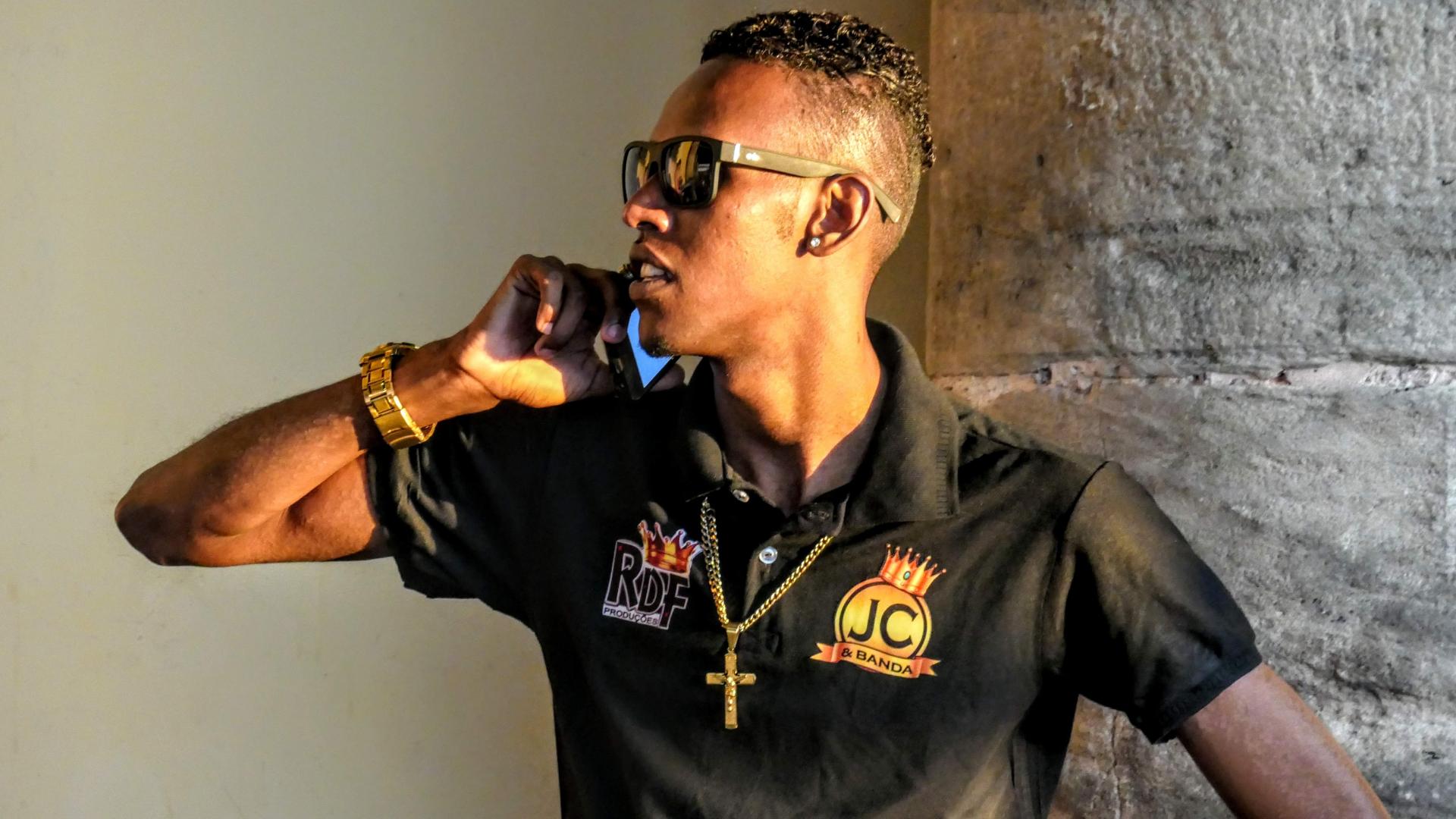Funk – The (New) Sound of Brazil

You can hear them in the supermarket, from passing cars on the street, or when going out in the evening. It is impossible to avoid the harsh, tinny tones of funk on a vacation in Brazil. They are everywhere. But not only in Brazil, the music has reached the rest of the world and is deep-seated in the international musical mainstream. Not least, thanks to the famous singer Anitta from Rio de Janeiro, who has been creating her songs in the style of funk for years.
What is funk?
Funk had its beginnings in the early 1980s in the favelas of Rio de Janeiro. American Funk, whose origins can be found in Afro-American music, made its way to Brazil at this time. However, since hardly anyone understood the English lyrics, a special kind of funk developed in the suburbs of Rio de Janeiro, in Portuguese and with local rhythms.
Then as now, funk is a way for the residents of the favelas to express the reality of their lives. The musicians are called funkeiras. The lyrics mostly deal with experiences of violence and poverty, but also with the hope for a better life, and in this sense with an escape from the structures that shape everyday life in the poor suburbs. Over the years, numerous sub-genres have emerged. Some of them are not unproblematic such as funk proibidão, the “forbidden funk”, which glorifies violence and drugs.
Political background and social aspects of the genre
Even if Brazilian funk singers like Anitta want to appeal to a larger international audience, the rhythms are sometimes very similar to pop music and can only be perceived as a weak melody, the genre can still be classified in a political framework. The funkeiras often see their work as activist. Since the 2000s, more and more female funkeiras have come into the public eye and create a counterpoint to the predominantly male-dominated genre. The fight against patriarchy and sexism is often reflected in their music. MC Carol, Tati Quebra-Barraco, and Ludmilla are common names from the scene.
The main focus of the debates are bailes, public parties in the central streets of the communities, where people dance until late into the night to funk that resounds from huge jukeboxes. The bailes have a strong inclusive function for the people living in the favelas. People from different neighborhoods come together to talk, dance, and have fun. This creates moments of connection. Negative aspects of the parties are drug abuse and clashes between rival gangs.
This crime is reason for the police authorities to take repressive action against the bailes. There have been several attempts in Congress to ban them. So far without success. Critics see this approach as a suppression of suburban culture rather than the restoration of public safety. The problems that exist in the favelas would continue without funk, they say.
Funk outside of the favelas
For tourists, but also for Brazilians who come from more affluent areas, it is difficult to take part in a baile funk. In order to still be able to get an impression of a baile, we recommend to take a look at the works of the photographer Vincent Rosenblatt. The photographer from Paris has had insight into the funk scene of Rio de Janeiro for more than ten years and has been able to capture numerous impressive moments at parties. Excerpts of his works can be found online. Of course, funk is just one of many music genres in Brazil.
Nevertheless, the music shapes a large part of society and is an integral part of everyday life in Brazil. The genre has grown into a multi-million dollar industry and has gained international recognition. Funk managed to transcend the boundaries of the favelas and is now played in fancy clubs for high entrance fees. Knowing the background of the music helps to better understand the people and the culture during a trip to Brazil.
Sources: norient.com, siso.pt, www.amerika21.de, www.srf.ch

